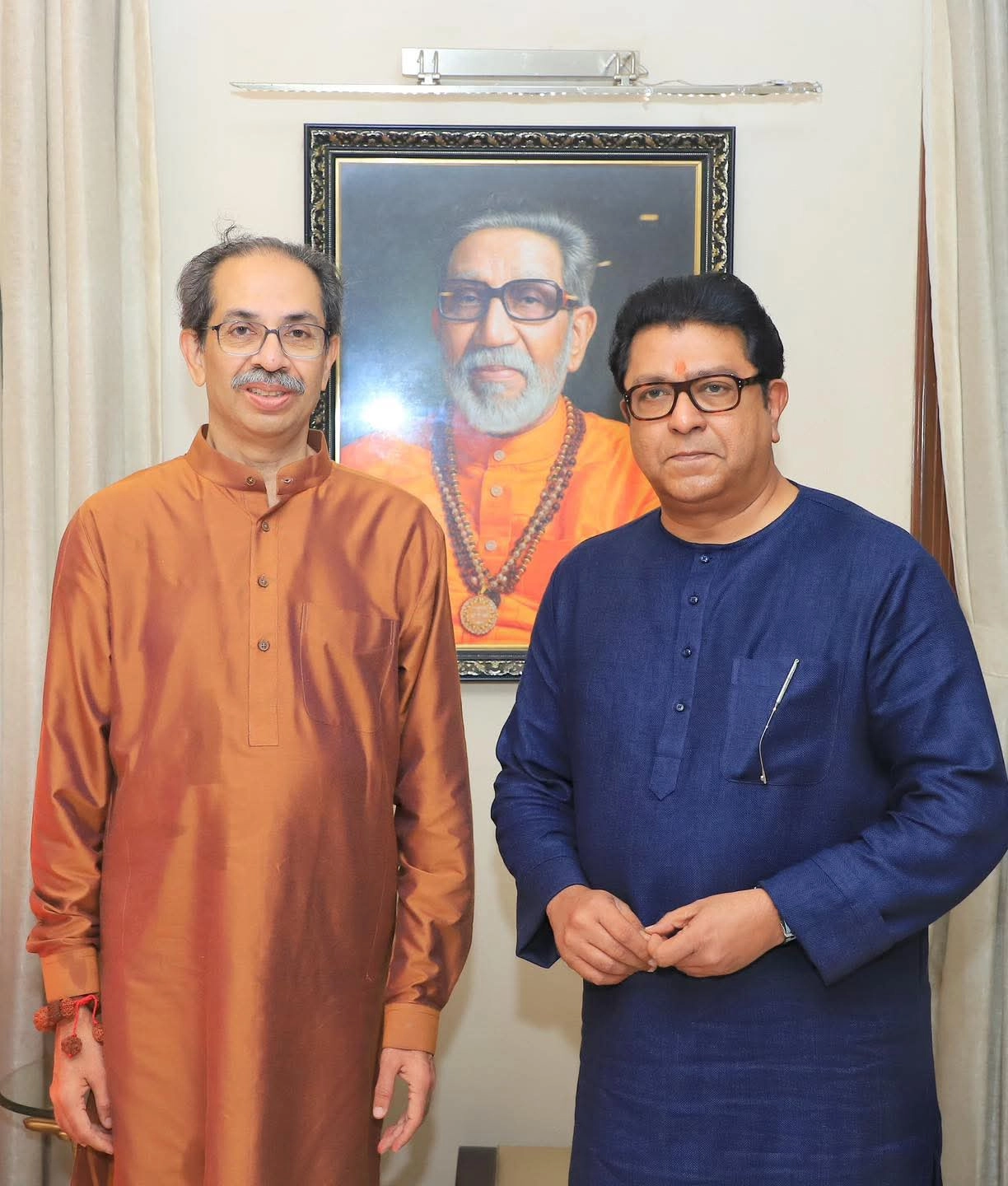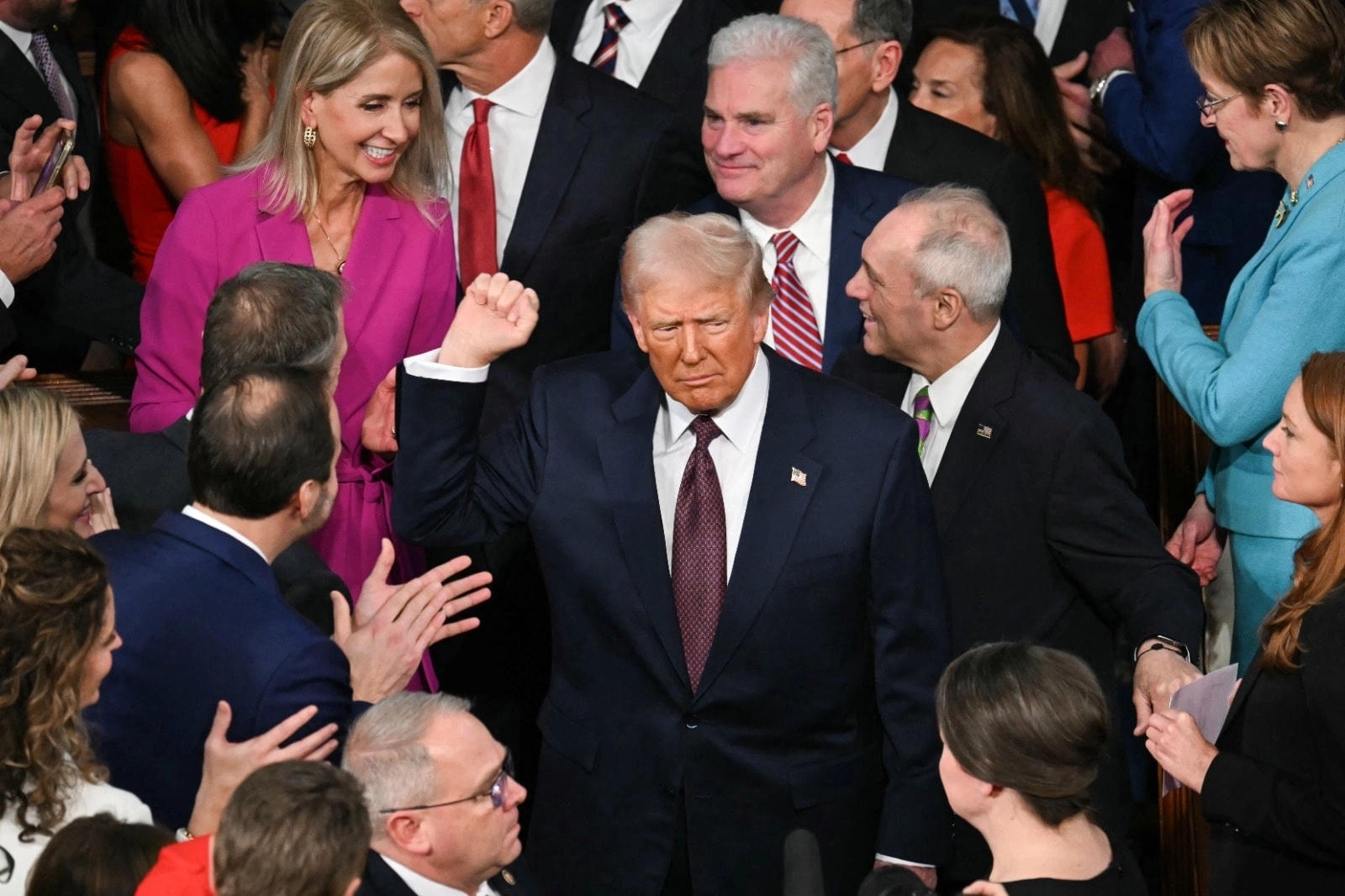Raj Thackeray’s recent entry into the iconic Matoshree, the residence of his late uncle Bal Thackeray, marks a significant moment in the political landscape of Maharashtra. Thirteen years have passed since the death of Balasaheb Thackeray, the founder of the Shiv Sena and a towering figure in Maharashtra politics, and Raj’s return to Matoshree symbolizes a potential revival of his political ambitions and a reconnection with the party’s roots. This event has generated considerable media attention and public interest, as it not only highlights the enduring legacy of Balasaheb but also raises questions about the future direction of the Shiv Sena, especially with the party currently divided into factions.
Raj Thackeray’s presence at Matoshree serves as a poignant reminder of the Thackeray family’s influence in Maharashtra. Bal Thackeray’s charisma and political acumen shaped the regional party’s identity, and Raj’s return can be seen as an attempt to reclaim that legacy. His decision to visit Matoshree, a place that holds immense sentimental value for party workers and supporters, is laden with symbolism. It suggests a desire to reconnect with the grassroots and re-establish his leadership in a time when the Shiv Sena is facing internal strife and external challenges from rival parties. Moreover, Raj’s reemergence onto this platform underscores a critical juncture for the party as it navigates the complexities of contemporary politics in Maharashtra.
The timing of Raj Thackeray’s visit is particularly noteworthy, considering the changing political dynamics in the state. With the Shiv Sena experiencing a split and the rise of new political entities, Raj’s move could be interpreted as a strategic maneuver to galvanize support among the traditional voter base that still holds Balasaheb in high regard. His appeal to the sentiments of the party’s loyalists could potentially reinvigorate the Shiv Sena’s influence, especially in the face of competition from the Bharatiya Janata Party (BJP) and other emerging regional players. As Raj seeks to position himself as a viable leader in this evolving political environment, his connection to Matoshree serves as a powerful backdrop to his aspirations.
In conclusion, Raj Thackeray’s grand entry into Matoshree not only commemorates the enduring legacy of Balasaheb Thackeray but also represents a critical moment for the future of the Shiv Sena. As political landscapes shift and new challenges arise, Raj’s return to this symbolic space could mark the beginning of a new chapter in Maharashtra politics. Whether he can successfully harness the nostalgic sentiments associated with his uncle’s legacy to unite and inspire the party remains to be seen, but it is clear that this moment is a significant turning point that could have far-reaching implications for the Shiv Sena and its supporters.




